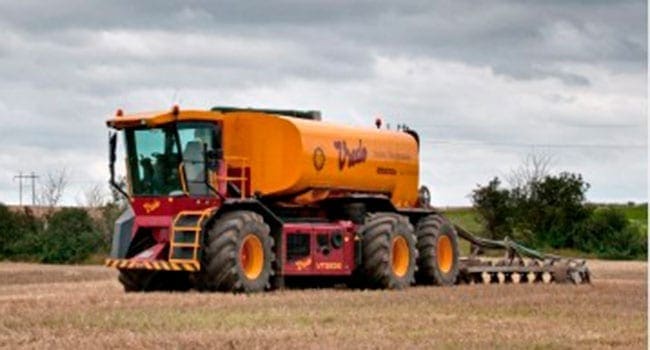As more people warm up to the idea of urban gardening, liquid fertilizers will always be among the items on their shopping lists. Organic liquid fertilizer is relatively cheap, has effective organic alternatives, and easy to use even for those who are new to gardening. What is liquid fertilizer, and how does it differ from other fertilizers?
Liquid Fertilizer 101 For Gardening
As the name suggests, liquid fertilizer is a type of plant fertilizer that can be delivered in liquid or vapor form. Liquid fertilizer can be made from the remains of dead plants and other organic materials or using various chemicals such as ammonia, nitrates, phosphorous, potassium. Liquid fertilizer is normally effective for small indoor or outdoor gardens because it can be absorbed directly by the plants and fast-acting.
There are two main delivery methods used for liquid fertilizer, namely: fertigation and foliar spraying.
Fertigation Using Liquid Fertilizers
Most underground fertilizer injections systems or what is referred to as fertigation use liquid fertilizer. In this system, the liquid fertilizer is either dissolved in water and delivered to the plant roots or added into an already existing drip irrigation system
While granular fertilizer can be dissolved and delivered in a fertigation system, liquid fertilizer is preferred in gardens as it’s easily absorbed into shallow flower roots and indoor plants. Fertigation can be made at home with simple tools or bought from the gardening store as a complete system ready to be installed on your garden.
Foliar Spraying with Liquid Fertilizers
Foliar spraying involves delivering liquid fertilizer directly on the plant leaves and branches. It’s is the most common delivery method used in small indoor urban gardens where fertigation systems are not practical. By spraying the liquid fertilizer directly onto the plant, it is immediately available for absorption by the plant.
Foliar spraying can be done with simple gardening tools such as spraying cans or low-pressure horse pipes depending on the size of the plant. There are different types of liquid fertilizers available for foliar spraying. Choose the one recommended for your indoor plants and maintain a regular schedule for maximum plant health and absorption.
It’s also recommended to spray the plants at night or when there are cooler temperatures to prevent excessive scalding and for better absorption. A typical foliar spraying schedule involves daily or weekly late afternoon spraying when the sun is down, and temperatures have cooled down.
Liquid Fertilizer Vs. Granular Fertilizer- Differences
In some cases, using either granular or liquid fertilizer is a matter of personal preferences and availability. For instance, gardeners and farmers with already installed drip irrigation or foliar spraying systems could lean towards liquid fertilizer even though they could use granular fertilizer and have the same effects. That said, there are some key differences between the two fertilizers that you should be aware of:
Spatial Coverage– Liquid fertilizers generally cover a lot more space in the soil or air as compared to granular/solid fertilizer. The liquid can reach all the plant roots for absorption much more quickly than sold fertilizer.
Compounds and Mixing– It’s much easier to create liquid fertilizer compounds as compared to granular fertilizers. For this reason alone, most liquid compounds incorporate more nutrients and other compounds such as pesticides as compared to granular fertilizers. Liquid fertilizers also make it easier to mix different compounds at home for specific plants.
Delivery Methods– As discussed earlier, liquid fertilizers can be delivered as a spray and through a fertigation system. Some plants require both delivery methods for maintaining leaf health in certain conditions, such as indoor spaces.
Frequency- One significant difference between liquid and granular fertilizer is the frequency of application. While it may not be practical to use granular fertilizer regularly and still maintain plant health, liquid fertilizer can be applied much more frequently. This also means that liquid fertilizer has to be diluted to be used safely.
This content is a joint venture between our publication and our partner. We do not endorse any product or service in the article.


